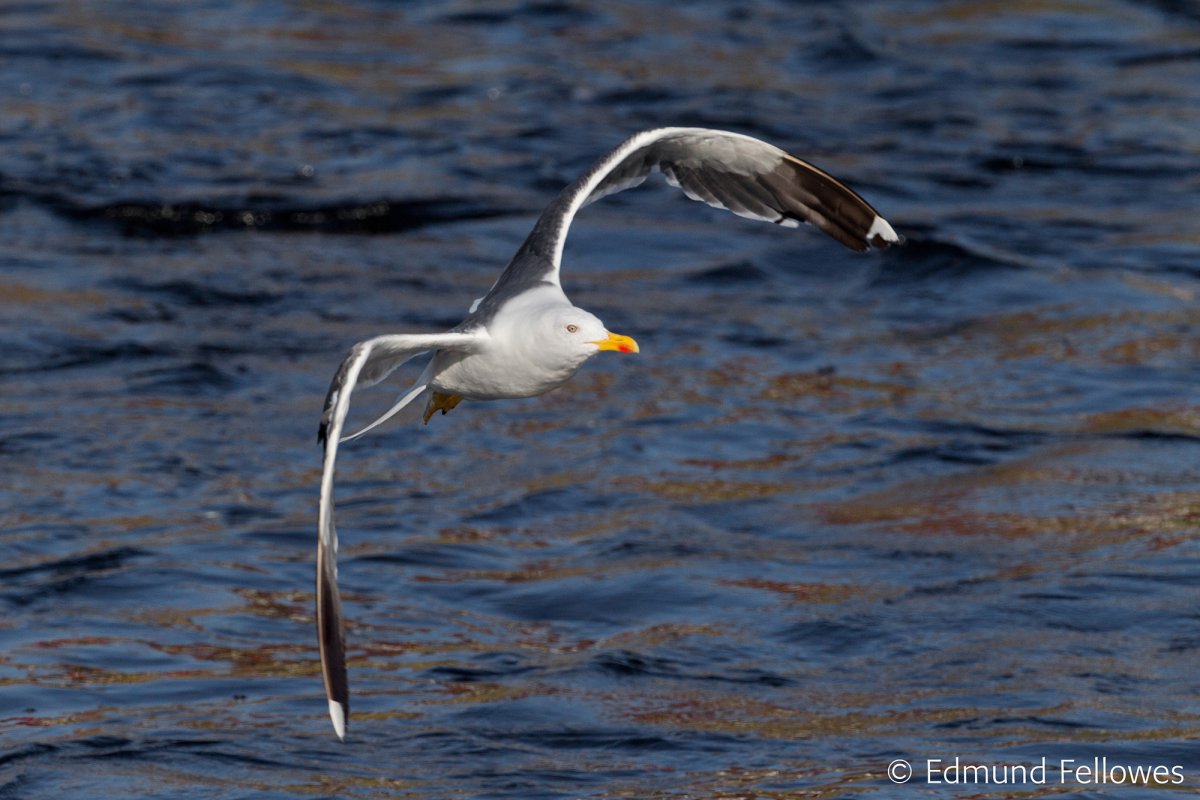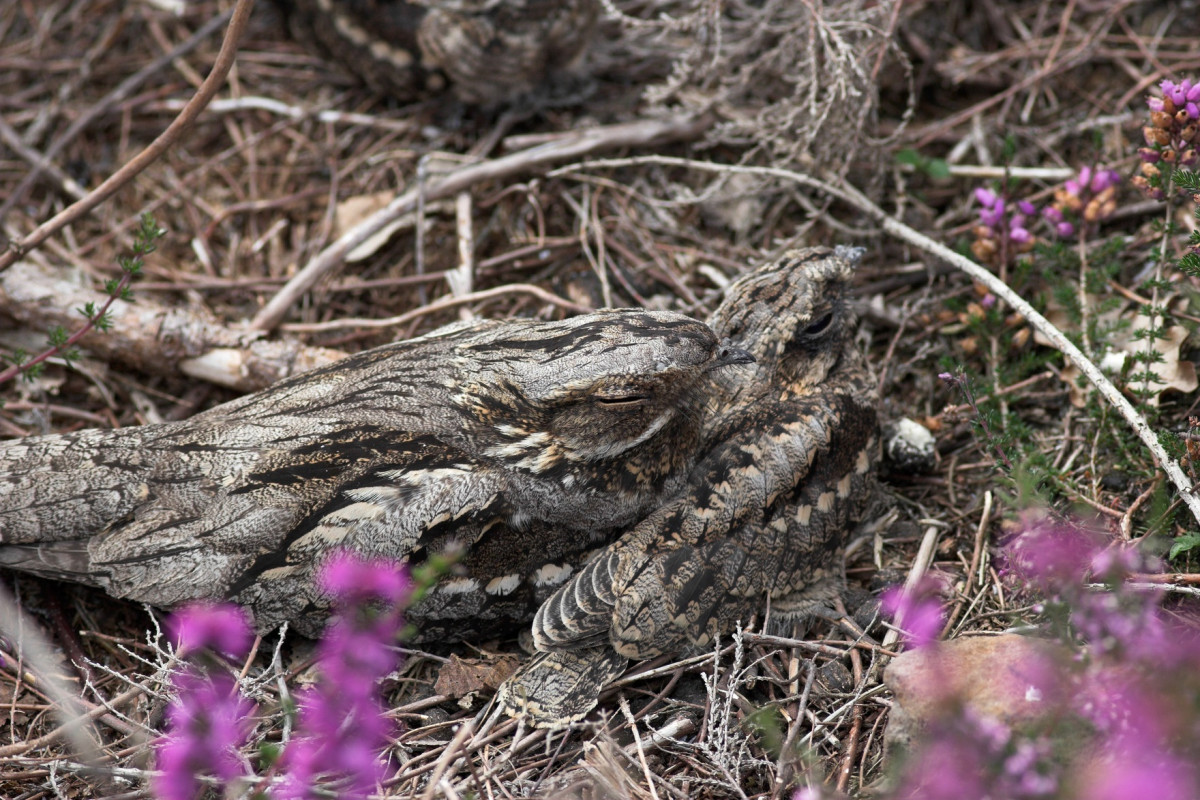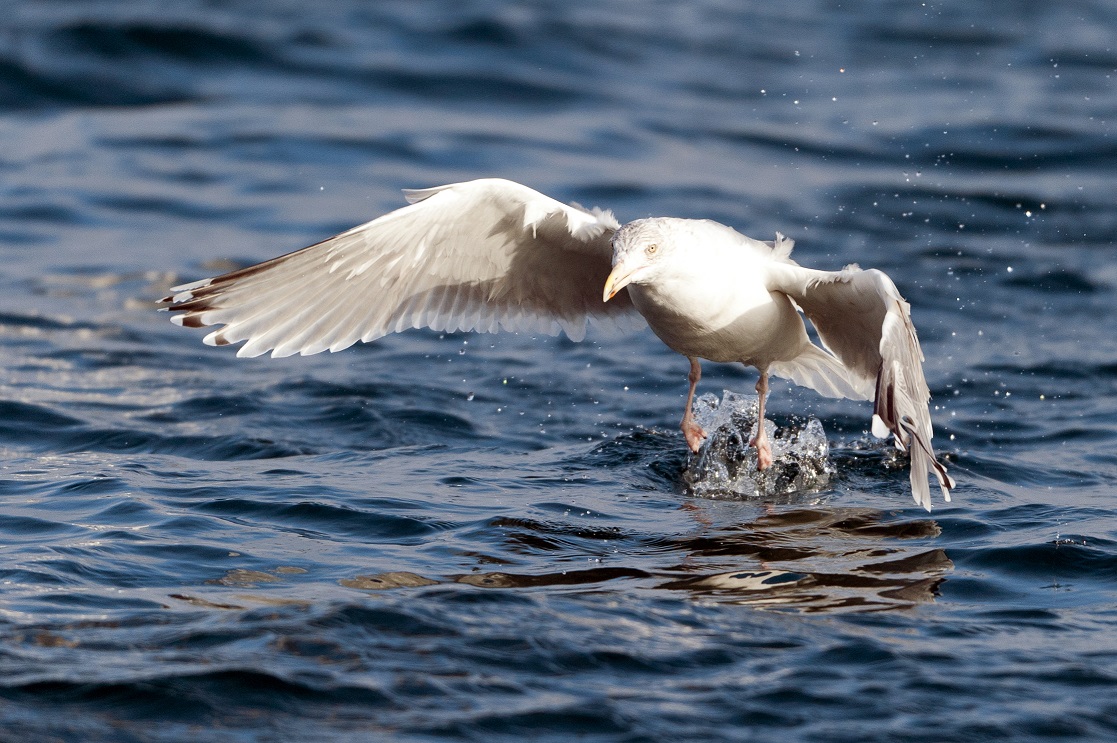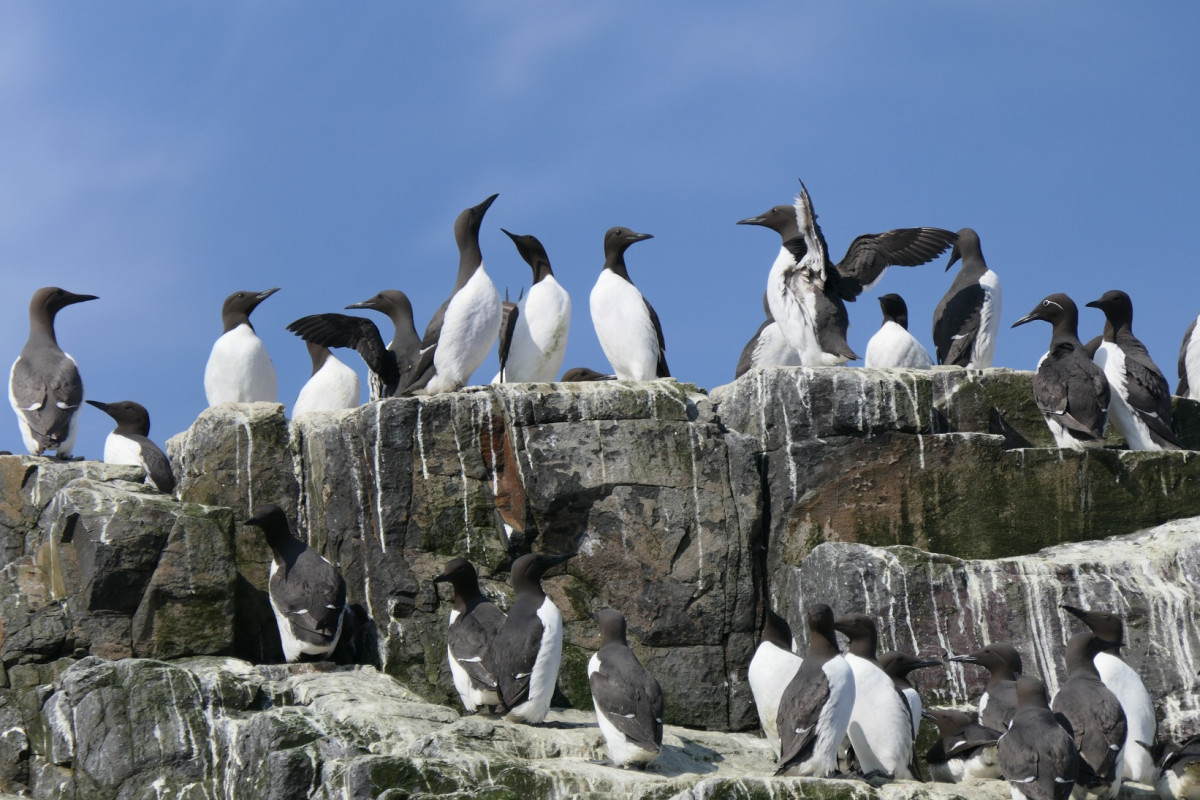BTO publishes peer-reviewed papers in a wide range of scientific journals, both independently and with our partners. If you are unable to access a scientific paper by a BTO author, please contact us.
Search settings
Investigating avoidance and attraction responses in Lesser Black-backed Gulls Larus fuscus to offshore wind farms
Author: Johnston, D.T., Thaxter, C.B., Boersch-Supan, P.H., Humphreys, L., Bouten, W., Clewley, G.D., Scragg, E.S., Masden, E.A., Barber, L.J., Conway, G., Clark, N.A., Burton, N.H.K & Cook, A.S.C.P.
Published: 2022
GPS tracking is a valuable tool for increasing our understanding of bird behaviour. In this study, researchers used tracking technology to investigate movements of Amber-listed Lesser Black-backed Gulls around offshore wind farms. Their results reveal a detailed picture of both avoidance of and attraction towards turbines in this species, which may be used to inform future collision risk assessments.
24.03.22
Papers

Rush or relax: migration tactics of a nocturnal insectivore in response to ecological barriers
Author: Lathouwers, M., Artois, T., Dendoncker, N., Beenaerts, N., Conway, G., Henderson, I., Kowalczyk, C., Davaasuren, B., Bayargur, S., Shewring. M., Cross, T., Ulenaers, E., Liechti, F. & Evens, R.
Published: 2022
New research involving BTO has confirmed the theory the migratory birds use different strategies at different points on their migratory journeys, speeding up when passing through inhospitable regions and slowing down where conditions are more favourable. Using GPS and data loggers, researchers tracked Nightjars breeding in the UK, Belgium and Mongolia as they travelled to their wintering grounds. Birds were found to adopt a 'rush' tactic when passing through ecological barriers, such as the Saharan and Arabian Deserts. This tactic involved a high daily travel speed and flight altitude, and a high migration probability at dusk and at night. By contrast, in semi-open, hospitable habitats, birds travelled at lower speeds and had a lower migration probability at dusk. The likely reflected birds slowing down to forage and refuel before the rest of their journey.
23.03.22
Papers

Habitat selection and specialisation of Herring Gulls during the non-breeding season
Author: O'Hanlon, N.J., Thaxter, C.B., Burton, N.H.K., Grant, D., Clark, N.A., Clewley, G.D., Conway, G.J., Barber, L.J., McGill, R.A.R. & Nager, R.G.
Published: 2022
New collaborative BTO research has used GPS to provide insights into the movements and habitat needs of Herring Gulls outside the breeding season. Researcher fixed GPS tags to 20 Herring Gulls breeding at four colonies in southwest Scotland (Oronsay, Islay, Pladda and Lady Isle) and one colony in northwest England (Walney) to better understand this Red-listed species of conservation concern.During the non-breeding season, Herring Gulls used a range of habitats as would be expected for this opportunistic generalist species, that can survive on a wide variety of different foods. However, habitats were not used randomly based on their availability, with habitat selection differing between geographical regions and between individuals in the same region. Although Herring Gulls showed a preference for intertidal habitat in all regions, a mix of forging habitats, including grassland and farmland, were important over the course of the non-breeding season.Although several individuals stayed close to their breeding colony, most migrated in a south-easterly direction (up to 190 km from their colony) and kept moving to different areas through the non-breeding season. Individuals also differed in the habitats they selected, with moderate habitat specialisation, indicating that resource use was flexible across time and space. This level of habitat and spatial segregation, as well as each individual gull’s distribution over a broad range of habitats and space, may help reduce competition for limited resources and buffer populations from localised anthropogenic pressures (for example, coastal development) during the non-breeding season.The results also highlight that the habitat preferences and movement patterns of generalist species cannot in fact be generalised, even between nearby regions, which has implications for appropriate regional-specific spatial planning and conservation management.
10.03.22
Papers

Linking climate change vulnerability research and evidence on conservation action effectiveness to safeguard European seabird populations
Author: Hakkinen, H., Petrovan, S.O., Sutherland, W.J., Dias, M.P., Ameca, E.I., Oppel, S., Ramírez, I., Lawson, B., Lehikoinen, A., Bowgen, K.M., Taylor, N.G. & Pettorelli, N.
Published: 2022
In this 'practitioner's perspective', BTO joins other organisations to consider how to tighten the frameworks used for conservation to improve outcomes.
09.03.22
Papers

A framework for climate change adaptation indicators for the natural environment
Author: Pearce-Higgins, J.W., Antãod, L.H., Batese, R.E., Bowgen, K.M., Bradshaw, C.D., Duffield, S.J., Ffoulkes, C., Franco, A.M.A., Geschkek, J., Gregory, R.D., Harley, M.J., Hodgson, J.A., Jenkins, R.L.M., Kapos, V., Maltby, K.M., Watts, O., Willis, S.G., Morecroft, M.D.
Published: 2022
Climate change ‘adaptations’ describe any actions which address the impacts of our changing climate. These adaptations can be focussed on human populations and infrastructure, with measures such as flood defence or the development of drought-tolerant crops, or on the natural environment, through special management of habitats and species.
02.03.22
Papers